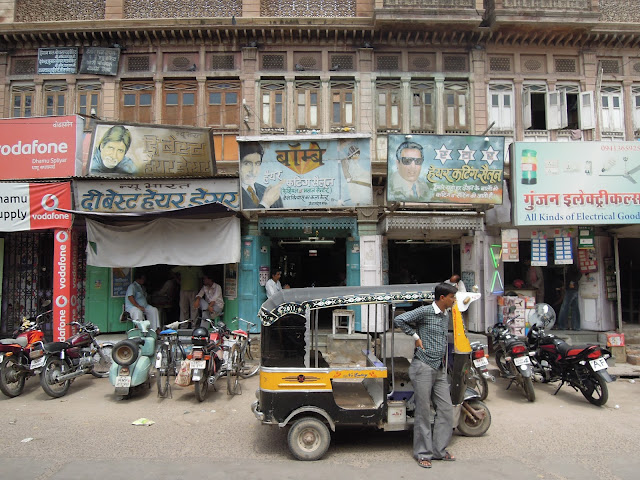It feels an age since we left our life of roads and sands and cities at the break of dawn. We have been reconditioned back to the ‘normal life’, no matter how hard we tried to maintain the day-to-day wonder of the road, once home, we soon found ourselves dozing off into a sort of autopilot; working, eating and playing with a somewhat monotonous predictability. But, every now and then, I hear a sound or smell a scent that transports me to Istanbul or Samarkand or Rome and I am stirred from my daze, reminded to keep moving and changing and learning, reminded that we don’t necessarily have to accept this monotony. As a little testament to these moments, I have cobbled together the short film below; it is a messy jumble of video fragments from the trip, it’s hazy and disjointed but perhaps captures something of the wonder we felt on that epic journey.
I did make notes for a final blog post which, during the madness of our return, I never got round to publishing. I came across them the other day and felt rather sorry for them so have copied a section below. It was written on a train from Berlin to Paris a few days before our return and (perhaps unsurprisingly) I appear to be on my soapbox:
I did make notes for a final blog post which, during the madness of our return, I never got round to publishing. I came across them the other day and felt rather sorry for them so have copied a section below. It was written on a train from Berlin to Paris a few days before our return and (perhaps unsurprisingly) I appear to be on my soapbox:
I suppose the thing that always comes up is what a lucky lot we are. And I don't just mean us, I mean you too. You were born into a world with opportunity, opportunity to work, to travel and to a certain extent, to do whatever you want. We all take this so much for granted that we so often throw all these opportunities away, accept mediocrity and settle down into lives that we are constantly told we should lead. We are among the tiny minority in the world that don't have to accept this and yet we still do. It's a waste I tell you! We both began this trip with the thought in the back of our heads that this was the last one, that we had reached 30 and that we really should be settling down. Having spent a year completely detached from our own societal rules, I now have no idea why we would constrain ourselves in this manner and plan away our futures. The idea of 'settling down' is by no means a bad thing but the idea of giving up your dreams because it's about time you did is madness. So what am I saying? It's my proximity to France, it's making me talk philosophical nonsense (which is, incidentally, what I love most about France, the freedom to talk philosophical nonsense without people accusing you of pretension!). Perhaps what I'm saying is LIVE! LIVE like you've never lived before because we'll all be dead before we ever worked out what it was exactly that made us happy. There, I'll shut up now. Sorry about that.
I've just been reading Three Men in a Boat by Jerome K. Jerome and I will finish with a quote from it (that we also recently saw scrawled across a bar in Venice). It by no means sums everything up but it somehow catches the spirit of what we have both learnt over the past 12 months:
"Let your boat of life be light, packed with only what you need - a homely home and simple pleasures, one or two friends, worth the name, someone to love and someone to love you, a cat, a dog, and a pipe or two, enough to eat and enough to wear, and a little more than enough to drink; for thirst is a dangerous thing"






















